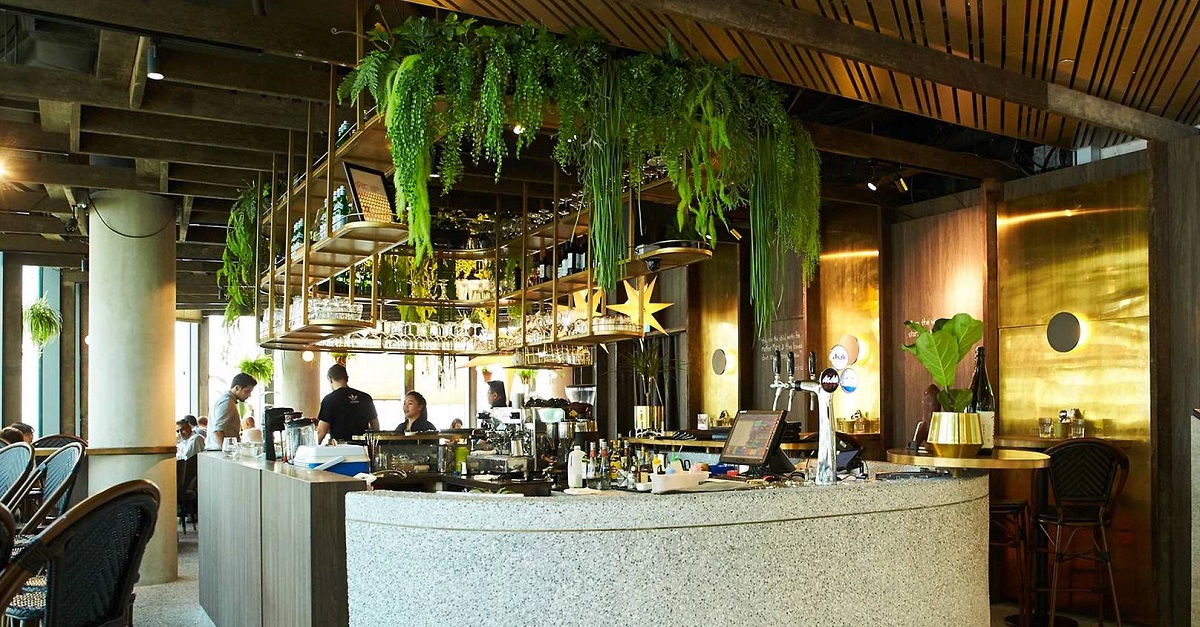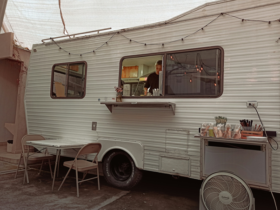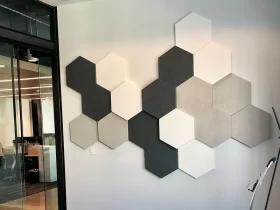It has long been understood that customers seek out and support retailers that reflect their aesthetic tastes. Displays and products are curated to emphasise certain lifestyles, whether a certain degree of status, a character of adventure, or a distinct visual signature and style. Customers are then drawn to support retailers because they not only need a product but because they feel it complements or expresses their own identity.
Now, across modern society, there is more widespread concern regarding the environment’s sustainability. This has led to a significant shift in consumer preferences, with shoppers seeking to support businesses that make proven efforts to reduce their negative impact on the environment. Customers now seek not only to make retail decisions that will promote a sustainable landscape but also those that will allow them to be seen doing so, with environmentally friendly products and brands being used as emblems of eco-consciousness.
For retailers, this means rethinking their operation from the ground up and scrutinising the potential impact of each decision. This could mean eliminating as much paper-based activity as possible, migrating to entirely digital systems or replacing shop fittings and furniture, such as slatwall panels and screw covers, with sustainably made or long-lasting alternatives.
Aspects of a retail operation that involve customers are the most important. Transactional items, such as receipts and shopping bags, for example, are items that are now considered to burden customers, leaving them with the feeling that they must dispose of the object. As such, these should be the first to, where possible, be produced and offered sustainably or, especially in the case of receipts, offered digitally.
Interior design comes into play too, and there are a number of benefits to creating a sustainable aesthetic. Shop furniture and displays, for example, can communicate a brand’s efforts toward environmental sustainability without the need for posters or signs. Upcycled and locally manufactured retail assets, especially those that are made with natural materials, such as wood, ensure that customers are left with the impression that a brand is conscious of its carbon footprint.
Design can also help to alleviate the need for certain overhead costs too. Shops that welcome in natural light not only have a less industrial aesthetic than those solely relying upon artificial illumination but they will also require less power to the shop, meaning a lower energy bill and less environmental impact. Spaces, such as Apple stores, actually notify customers of how little energy they are using, with certain locations having a sign on the door that notes the carbon neutrality or negativity in effect.
These efforts are important to consider because, while some might still consider sustainable pursuits too expensive or unnecessary, evidence now demonstrates that customer preference takes sustainability seriously, with over half of customers now actively seeking out more sustainable options when shopping. So, before you consider eco-conscientiousness to be a flash in the pan, speak to your customers and see how you can meet their changing needs.










